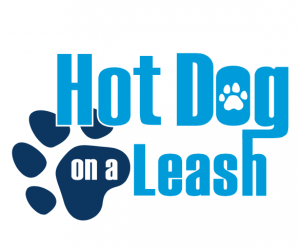Canine Bloat & What You Should Know
Canine bloat is more severe than it may sound. It is life-threatening and requires emergency veterinary treatment. You must know the symptoms of canine bloat to detect it early and get your dog the care it needs. Allow us to dive into canine bloat in more detail.
Gastric dilatation-volvulus is the actual term for canine bloat. Much like humans, a dog’s stomach resembles a balloon. Humans can overeat and experience bloating discomfort and gas symptoms. These symptoms often go away with minimal illness. However, dogs are different, and gas can become much worse.
In many cases of canine bloat, the dog’s stomach twists at the top and bottom while cutting off the stomach from the esophagus and pyloric valve. This prevents the gas from moving out of the stomach. When this occurs, the damage to the stomach is unrepairable due to cell death. Thankfully, if a dog begins to show symptoms of bloat and is caught soon enough, it is possible to untwist the stomach and remove the buildup of gasses.
There are so many symptoms to be aware of when it comes to canine bloat. These include:
- Anxiety
- Pacing
- Whining
- Change in personality and physical activity level
- Abdomen is larger and hard
- Lack of normal digestive sounds
- Standing in a hunched-over position
- Dry heaving or vomiting foam or mucus
- Shallow breathing
- Weak pulse
- Collapsing to the ground
- Unable to defecate
Seek veterinary care immediately if you think your dog is suffering from bloat! A dog experiencing canine bloat may be in shock, which must be treated before beginning the treatment. A vet may sedate your dog if the stomach hasn’t been twisted yet. If the stomach has already started twisting, surgery may be required. Despite emergency treatment, canine bloat is highly fatal.
There is no definitive data as to why or how canine bloat occurs. However, theories suggest that one large meal per day, extreme exercise during mealtime, excessive grain in kibble, and drinking too much water during mealtime may play a factor. Please do your part as a parent to keep your pet as safe and healthy as possible. Know the signs and contact your veterinarian immediately with any concerns.



